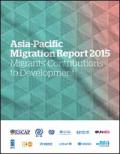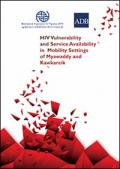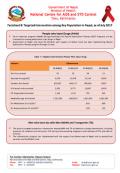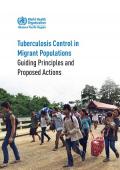Publications on Migrants


The survey was undertaken primarily to track the trend of HIV prevalence among MLMs and to understand risky sexual behaviors among MLMs of Western and Mid to Far Western Regions of Nepal. Information on the socio-demographic characteristics, work and migration, sexual behavior and condom use with different partners in Nepal and during the stay in India; knowledge perception and attitude on HIV/AIDS and STI; use of drug and injection; exposure to STI, HIV and AIDS awareness programs; and stigma/discrimination against HIV infected person were collected using a structured questionnaire.
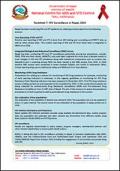
Nepal has been conducting HIV and STI surveillance particularly among key populations, namely: PWID, FSW and their clients, MSM/TG, and male labor migrants for more than a decade mainly to track changes in HIV and STI prevalence along with behavioral components such as condom use. Hepatitis-B and C screening among PWID has been started in the IBBS surveys from 2015. In 2016, baseline IBBS surveys were conducted in Street Involved Children and Youths in Kathmandu Valley, Female injecting drug users in Kathmandu Valley and MSM and TG in Terai districts.

Human migration, defined as the “movement of a person or a group of persons, either across an international border, or within a State”, has been increasing over the last several decades (1). According to current United Nations estimates, there are approximately 232 million international migrants worldwide, with over 71 million living in Asia, and an additional 740 million internal migrants moving within their own countries (2,3). The total number of migrants worldwide is greater than the population of all but the world’s two most-populous nations.
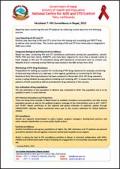
Nepal has been conducting HIV and STI surveillance particularly among key populations, namely: PWID, FSW and their clients, MSM/TG, and male labor migrants for more than a decade mainly to track changes in HIV and STI prevalence along with behavioral components such as condom use. Hepatitis-B and C screening among PWID has been started in the IBBS surveys from 2015.
The size estimation of key population in districts was conducted in 2010. The population size is to be updated in every 2-3 years interval.
